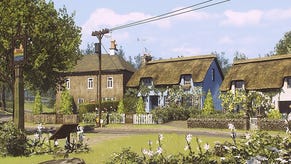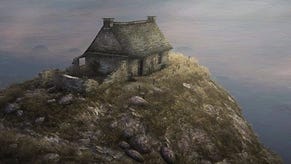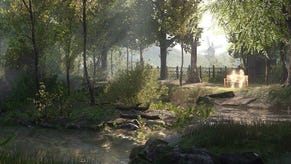Dear Esther
Uncharted terrain.
Plenty of revered games started their lives as mods for existing titles. Counter-Strike began as an inordinately successful Half-Life mod, while Killing Floor and The Ball both tagged onto the back of Unreal Tournament installments.
Factor in the likes of Team Fortress and Natural Selection, whose sequels have eschewed their amateur beginnings to become commercial titles, and the news of yet another mod making the transition to full game might not sound so impressive. When the title in question is Dear Esther, though, things are a little different.
In 2008 the University of Portsmouth's Dan Pinchbeck released this Half-Life 2 mod as a way to test out some design theory, without the financial worry that accompanies the release of a full game.
Pinchbeck wanted to see what would happen if he ignored all the standard methods of play. He focused instead on abstract, meandering storytelling. The results were a world away from the high-powered action of most mods which make the commercial transition.
Dear Esther is at the forefront of gaming research, then - but at first glance, this mod might not sound like the most obvious choice for Valve to pick up as a Steam exclusive. There's no shooting, nor are there any puzzles or tactics involved. It's only an hour long, and during that time you meet no real characters.
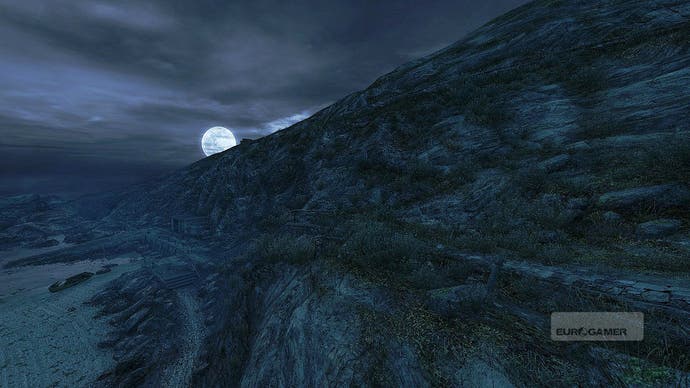
It's a game with all the game ripped out, leaving just an environment and a story in place. Still, the original incarnation of Esther picked up several awards and was downloaded more than 60,000 times. There's clearly an audience for this kind of experimental game design - and that's one of the reasons to be excited about the miraculous overhaul that's heading our way.
Without so much as a hint as to who your character is supposed to be, Dear Esther drops you onto the murky, misty shore of a deserted Hebridean island. The ocean laps at the sand behind you while gusts of wind blow leaves across the beach.
A disembodied voice begins to speak, reading aloud snippets of letters addressed to a woman named Esther. Who is she? That's one of the game's deepest mysteries, and you might have to play a few times to work it out.
With nothing else to do, you'll explore the island. As you take in the sights while following the paths across hills, through caves and up steep cliff faces, you'll hear plenty of these voiceovers. But they're semi-randomised. Every time, the game selects from three different versions of the script, each providing a slightly different take on the unfolding narrative.
This means that an absolute, definitive interpretation of Esther's story is near enough impossible to develop. The narrator begins to contradict himself, occasionally speaking about the island in heavily metaphorical language. He starts to refer to its history, to those who once dwelled there, and to an accident on the motorway in the Midlands.
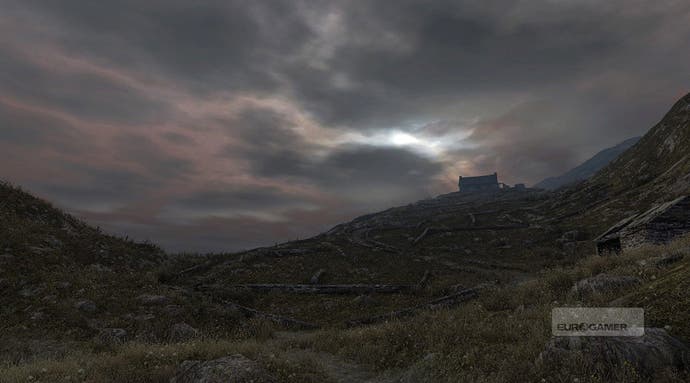
Initially it feels too sparse, too fragmented. Then you really start to think about what you're being told and how that relates to the world around you. It's at this point the most strikingly effective story elements start to clunk into place.
Despite Dear Esther's success, the original mod came under criticism for its world design. Many players felt that while the story was interesting - perhaps even profoundly moving at times - the environment stood in its way. It was too bland, people said, with not enough visual cues to keep things interesting from start to finish.
For this remake, Mirror's Edge level designer Robert Briscoe is at the helm. For almost two years he's been painstakingly redesigning and restructuring Dear Esther's island, working to establish new ways of telling its story through the game environment.
The result is extraordinary: a place imbued with more character than you might dare to imagine, with countless opportunities for curious exploration - in contrast to the original's entirely linear design.

